Top 5 Longest Rivers In France
France has lovely rivers that run through its cities and villages, evoking pictures of gorgeous water rippling beneath historic bridges, through riverside ... read more...terraces, and majestic châteaux. Almost all of the départements (the administrative level between local communes and national regions) in France are named after one or two rivers that run through them. France is home to hundreds of rivers. As you go through, you'll come across several you've never heard of; the French are quite excellent about marking their bridges at each river or brook you pass. Here is a list of five longest rivers in France!
-
At 630 miles, the Loire is France's longest river (1,013 km). It rises in the Ardèche department's Massif Central, high in the Cevennes mountain ranges. The spring is located 1,350 meters (4,430 feet) above sea level, at the base of the desolate Gerbier de Jonc. The Loire River travels across much of France before draining into the Atlantic Ocean.
The river begins slowly, running northwest, first past Le Puy-en-Velay, one of France's great pilgrimage routes in the rocky, lonely Auvergne where it is really small, before turning north. It runs past Nevers and up into the less-known eastern side of the Loire Valley, which is full of surprises and some beautiful gardens. It travels past some of the most well-known Loire Valley wine districts, including Pouilly and Sancerre, on its way to Orléans. The Loire flows southwest from Orléans through its most famous section, the magnificent valley lined with châteaux. It was here that French history was written, and Kings and Queens plotted their conquests and futures.
Length: 1.006 km
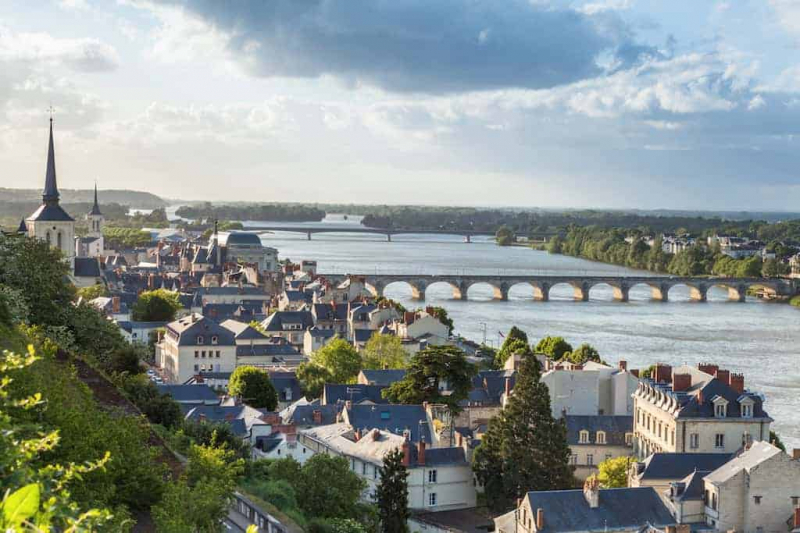
winetraveler.com 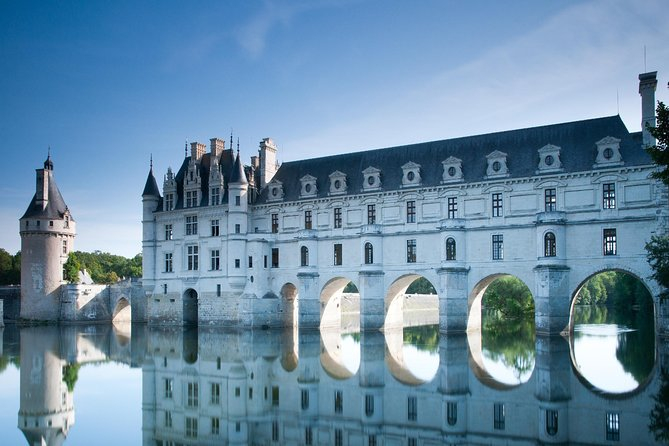
viator.com -
The Seine River, the second-longest river in France at 482 miles (776 km), is so intertwined with Paris that it is the most well-known of all French rivers. It begins modestly approximately 30 kilometers northwest of Dijon in the Côte d'Or, then surges northwest to Troyes in Champagne, noted for its medieval alleyways and outlet retail complexes. The strong river then runs past the Fontainebleau forest, through Melun, Corbeil, and finally into Paris. This is the core of the Seine, the river that divides the city between the right and left banks, constituting the most important part of life and cityscape in Paris.
From here, it travels via Mantes and Rouen, where it was a major component of the 19th-century Impressionist movement, where it was painted in all seasons and under all lighting conditions. Between the picture-book town of Honfleur and the industrial port of Le Havre, the Seine drains into the English Channel.
Length: 777 km
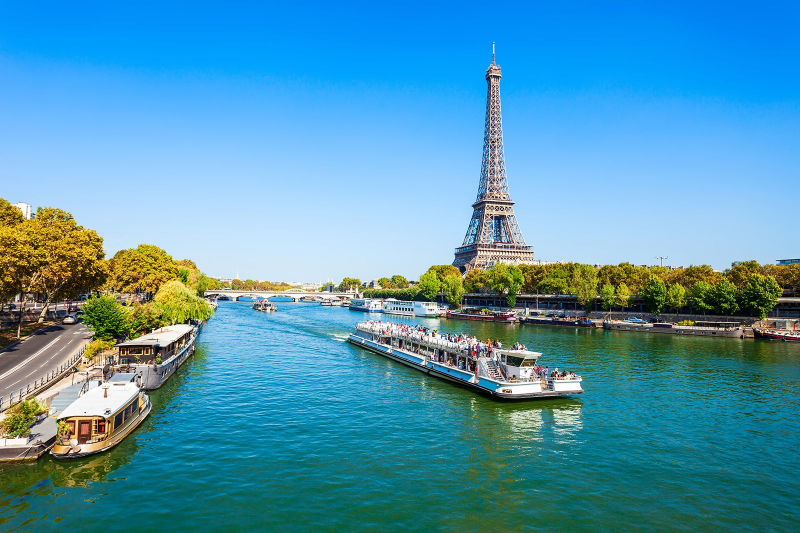
vi.hotels.com 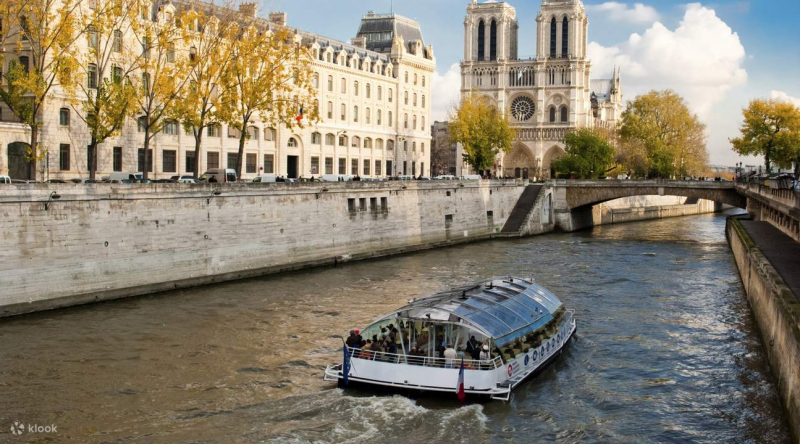
klook.com -
The Garonne River begins in the Spanish Pyrenees from glacial waters high up in Aragon and is 357 miles (575 kilometers) long. It is France's fourth-longest river, flowing north then east through Saint-Gaudens and across one of the country's greatest alluvial plains. Just after the Ariège river joins it, it goes through Toulouse, famed for the great artist Toulouse-Lautrec.
The Canal du Midi, which begins in Toulouse, connects the Garonne to the Mediterranean. It then heads northwest towards Bordeaux. The Lot River joins it just below Aiguillon. It joins the Dordogne river 16 miles north of Bordeaux to form the massive Gironde Estuary, Europe's largest, at the Bay of Biscay on the Atlantic coast, which features some of France's greatest beaches. With high springtime levels and low levels in August and September, the river is impassable. It has 50 locks to control its flow, yet it may still overflow. Come here and visit this river!
Length: 529 km
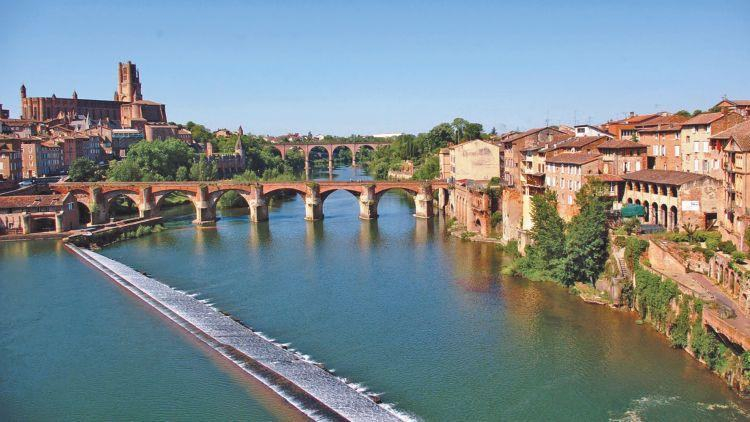
baygiare24h.com 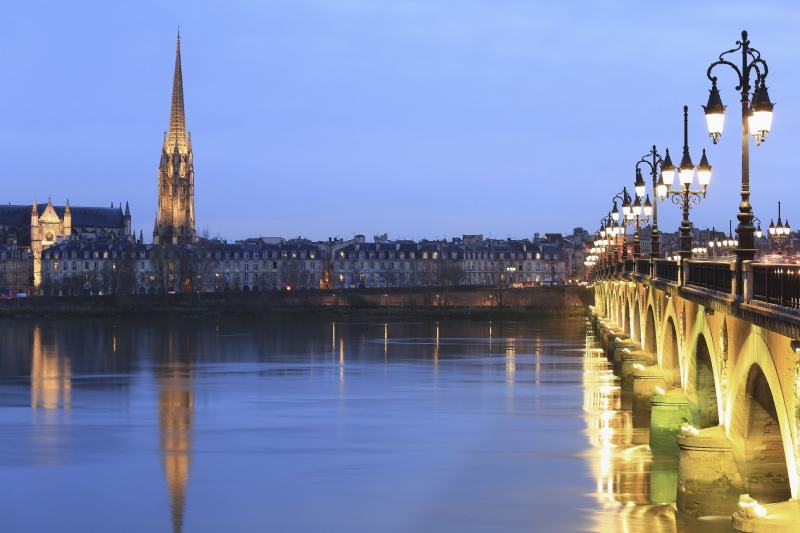
bubblyprofessor.com -
The Rhône river runs 504 miles (813 kilometers) from its headwaters in Switzerland to the sea, with 338 miles (545 kilometers) within France. It begins in the Swiss canton of Valais, flows past Lake Geneva, which serves as the border between the two nations, and enters France in the southern Jura highlands. Lyon is the first city through which the river flows, where it joins the Sâone (298 miles or 480 km long).
The Rhône then flows south through the Rhône valley. It was formerly a vital interior commercial and transit route, connecting Vienne, Valence, Avignon, and Arles before splitting in two. The Great Rhône empties into the Mediterranean in Port-St-Louis-du-Rhône, while the Petit Rhône ends at Saintes-Maries-de-la-Mer. The river is part of a vast canal network that connects large commerce ports such as Marseille to smaller towns like Sète. It's a wonderful area, with lavender fields, olive trees, and vineyards lending brilliant color to the white limestone hills in the background. The valley is well-known for its vineyards, the most well-known of which being Chateauneuf-du-Pape near Avignon.
Length: 814 km
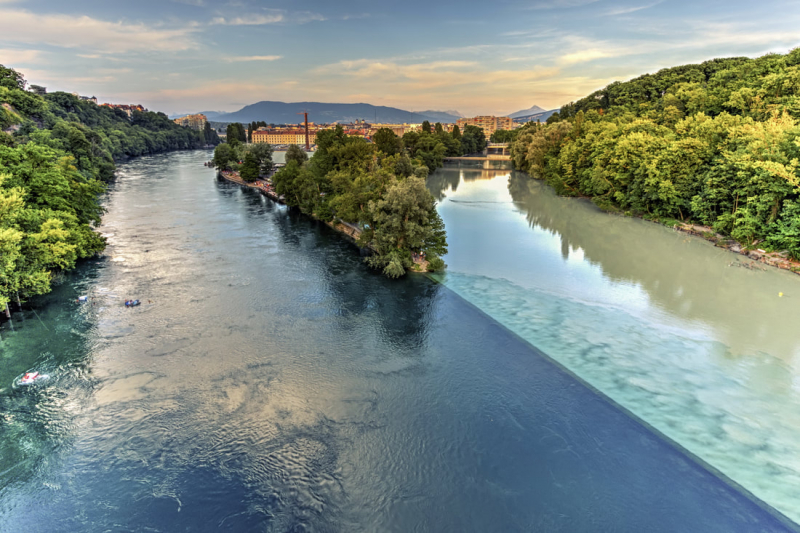
authenticvoyages.com 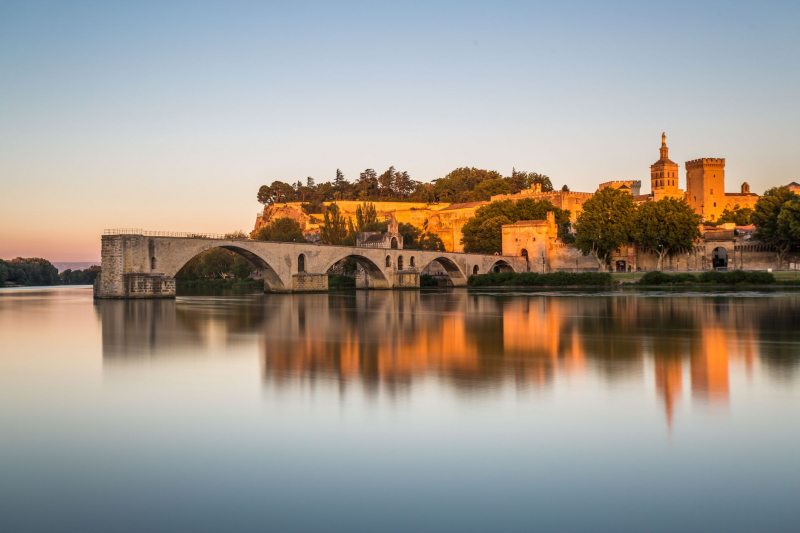
countryliving.com -
The Dordogne River is 300 miles (483 kilometers) long and begins in the Auvergne mountains near Puy de Sancy, 1,885 meters (6,184 feet) above sea level. It begins with a series of steep canyons and then passes through skiing country before arriving at Argentat. It's an archetypal holiday country here in the Dordogne and Perigord regions, with the British obsession with the region dating back to the Hundred Years War between the English and the French, which concluded in 1453.
Dordogne is a beautiful river, with châteaux on its slopes and charming villages like Beaulieu-sur-Dordogne on its banks. It goes close to the sinkhole, the Gouffre du Padirac, and past La Roque-Gageac, a once significant port that is now a tranquil boat excursion down the river. Visit the gardens of Marqueyssac for a spectacular view of the river. It flows along Sarlat-la-Caneda, which has a fantastic weekly market, and then past Bergerac and St. Emilion before entering the massive Gironde estuary, Europe's largest, at Bec d'Ambès. At the Bay of Biscay on the Atlantic coast, the Dordogne joins the Garonne.
Length: 483 km
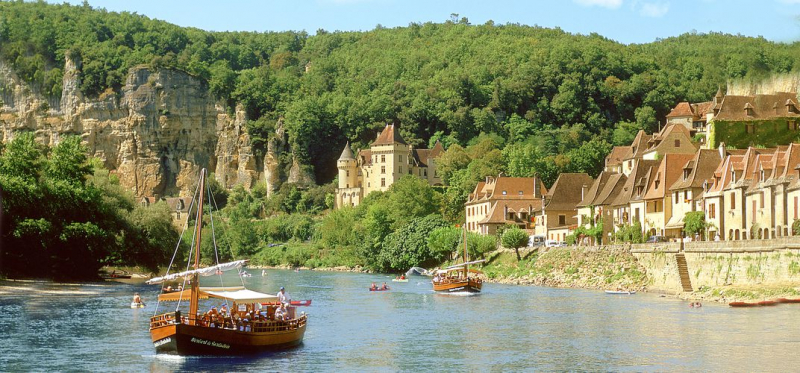
smithsonianjourneys.org 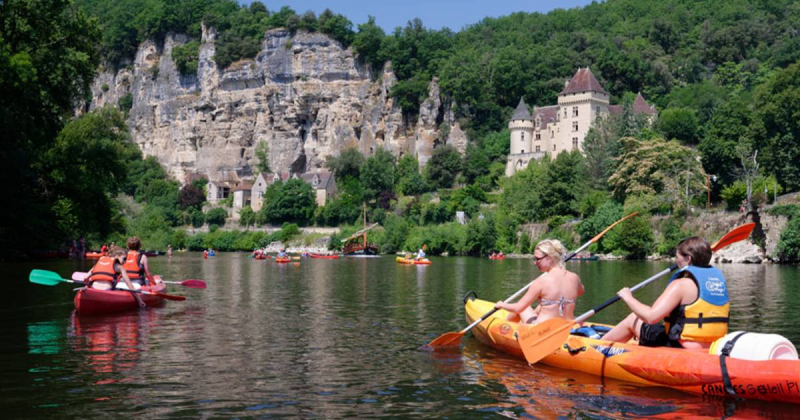
uk.france.fr


























